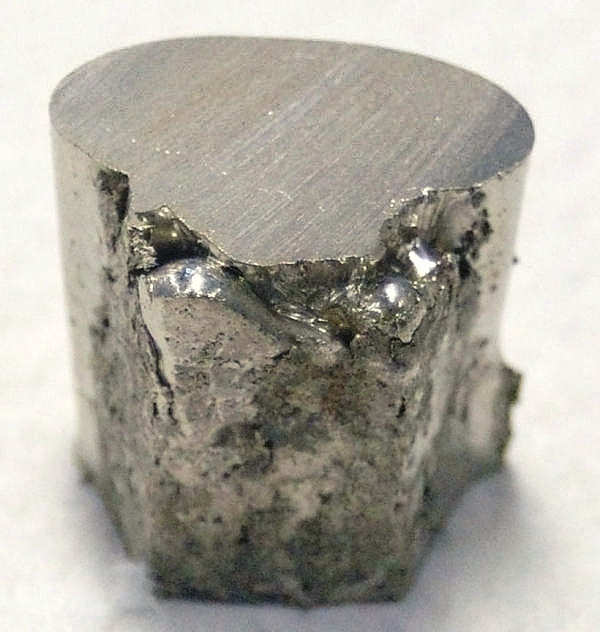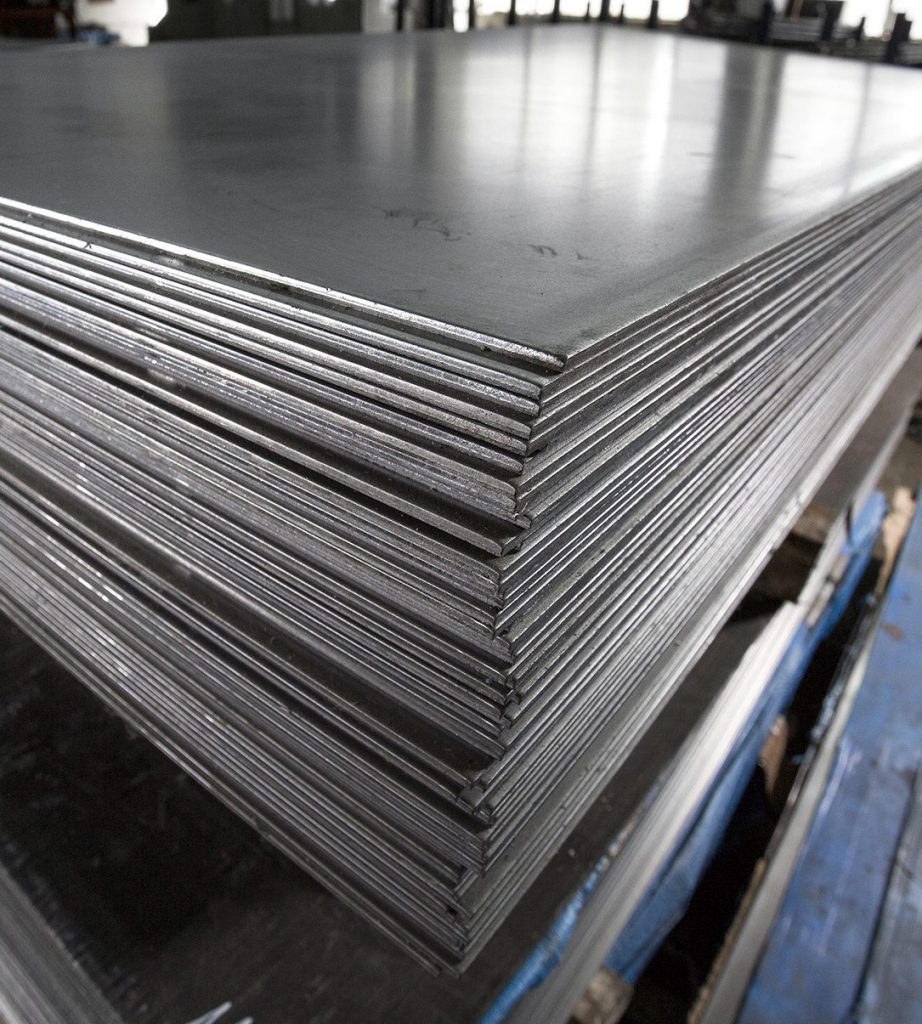
In the history of marketing, in 1940, Pepsi was credited with an advertising campaign called “twice as Much for a Nickel”. It was based on the fact that Coca Cola was sold in 6-ounce bottles and the new Pepsi bottles were 12 ounces.
An article in Wall Street Journal, online edition, on October 27th, 2020, noted that nickel is becoming important to the production of electric-cars. Most of the raw materials required are the same as those used in conventional ones, but the metals that make up lithium-ion batteries are exceptions. Until recently, procurement worries and market speculation in the metal market tended to focus on lithium and cobalt. Now nickel has attracted the attention of senior executives of mining companies and Mr. Elon Musk, the CEO of the largest electric-car company.
Nickel is used to improve vehicle range. As a result, Nickel has become crucial in the chemistry of cathodes. One standard form of cathode – the most valuable part of an automotive –grade lithium-ion battery – used to contain equal parts of nickel, cobalt and manganese. Now, it has eight parts of nickel to each one of the two metals. This trend, together with the growth of electric-car sales, promises to increase nickel demand.
However, the article noted that investors should not rush to pile up on nickel stocks yet.
Batteries still do not consume a lot of nickel. It is mostly used in the making of stainless steel. Depending on the future sales of electric-cars, a step-change in the demand of nickel will likely occur in the late 2020s. Until then, the kind of supply constraint once expected in the much smaller markets for cobalt and lithium—which don’t have major alternative uses-is hard to imagine.
Meanwhile, the nickel market has become oversupplied as growth in China, the big stainless steel market, has slowed. The experiences of cobalt and lithium offer warnings too. Speculation about demand from electric-cars pushed their prices in 2017. However, the prices of these two metals have collapsed.

The article noted that nickel will be harder for battery chemists to work around than cobalt if they need to, but perhaps not impossible. Battery technology is still developing. Tesla is turning to lithium iron phosphates, which don’t contain nickel, as a solution for cheaper electric cars in China.
According to evergen.com.au, lithium-ion has a higher energy density at 150/200 Wh/kg versus lithium iron phosphates at 90/120 Wh/kg. So, lithium-ion is normally the go-to-source for power hungry electronics that drain batteries at a high rate. On the other hand, the discharge rate for lithium iron phosphates outmatches lithium-ion.
An eventual nickel shortage can’t be rule out. Once batteries are cheaper than engines-UBS, the investment bank, expects the turning point in 2024—demand for electric vehicles could accelerate fast. Producing the kind of high-purity nickel required for batteries to high environmental standards is complex and projects take years to take off the ground.
Then, nickel would be worth more than a dime, US 10 cents.
